Energy Storage
Schaltbau North America
Wind
Ole Binderup
Solar
Sun Ballast
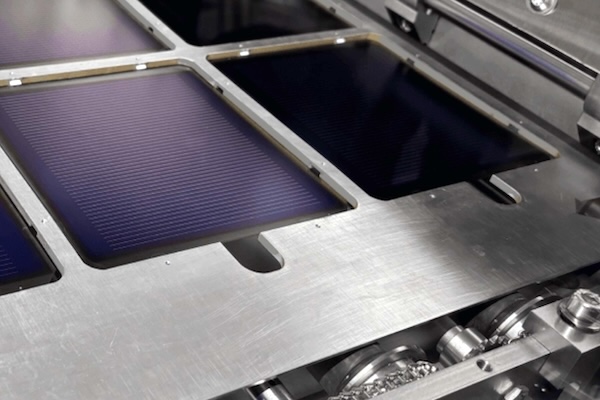
Swift Solar, in collaboration with the US Department of Defense, ("DoD", recently rebranded as the Department of War), successfully completed a first-of-a-kind demonstration of its US-manufactured perovskite tandem solar technology for the DoD's Cyber Fortress exercise in Virginia Beach, VA in August. This marks one of the first operational deployments of perovskite solar technology in the United States and demonstrates the commercial readiness of Swift Solar's technology.
Integrated with the Rapid Deployment Hybrid MicroGrid ("RDHM"), innovated by Resilient Energy & Infrastructure, Swift Solar's perovskite tandem solar panels provided clean energy alongside two other power sources during a critical infrastructure cyber defense exercise. DoD leadership, Army operational energy specialists, and private sector partners like Amazon Web Services (AWS) were on hand to learn about and observe the DoD's latest operational energy capabilities. The exercise demonstrated the potential for Swift Solar's technology to support energy resilience for national defense operations.
Dr. Andre Slonopas – Cyber Fortress Lead with the US Army: "By strengthening operational energy resilience, US-made perovskite solar technology can directly address the growing power demands of the modern battlefield and enhance overall military readiness."
Joel Jean – CEO of Swift Solar: "Partnering with the DoD at Cyber Fortress validates our US-made perovskite solar technology in real-world defense conditions and underscores Swift Solar's potential as a key provider of ultra-efficient, next-generation solar solutions for the US government and beyond."
Paul Maloney – CEO of Resilient Energy & Infrastructure: "For our mobile RDHMs, where space, weight, and agility are mission-critical factors for operational energy, we envision Swift Solar's perovskite as vastly increasing the energy density we can deploy, while enhancing energy resilience for military operations."
Swift Solar's proprietary next-generation perovskite tandem technology outperforms legacy silicon solar technologies, generating up to 30% more power than today's solar panels. The company's technology is backed by exclusive IP from MIT, Stanford, and NREL, with over 40 patents and over $60M in funding from leading VCs, strategic investors, and government agencies including the US Army, Space Force and others.
Requiring fewer materials and lower costs, Swift Solar's perovskite tandems support the energy resilience of national defense operations through:
Swift Solar is ready to scale its US manufacturing capabilities, with commercial production ramping up within 24 months. Alongside DoD interest in integrating Swift Solar's technology within cyber, electromagnetic, and space-based energy missions, a broad range of industries are partnering with Swift Solar to explore perovskite tandem deployment across utility-scale electricity generation, satellite operations, telecommunications, and mobility.
Swift Solar | swiftsolar.com
Resilient Energy & Infrastructure | www.resilientei.com

HTEC has officially opened the Burnaby Clean Hydrogen Production Facility, including British Columbia's first commercial-scale clean hydrogen electrolyzer. This milestone marks a significant step in the Province's transition to a low-carbon economy and anchors HTEC's expanding hydrogen hub in Metro Vancouver.
Strategically located in Burnaby, the facility delivers a consistent, locally produced supply of clean hydrogen to fuel HTEC's expanding station network and support fleet customers. The facility combines hydrogen production via electrolysis with a fully operational liquid hydrogen gasification system to ensure supply redundancy. The combined output of this facility is 1.8 tonnes of clean hydrogen per day.
Hydrogen from the one-tonne-per-day electrolyzer could reduce transportation-related emissions by more than 10,000 tonnes of CO₂e annually. Powered by BC Hydro's primarily renewable hydroelectric grid, the hydrogen has a carbon intensity of less than 18 gCO₂e/MJ — representing about a 90% reduction in emissions when used in fuel cell electric vehicles compared to gasoline or diesel. The facility will also support industrial customers seeking to decarbonize operations or incorporate hydrogen into low-carbon energy solutions.
The facility was developed with support from the Canada Infrastructure Bank, PacifiCan, the National Research Council of Canada, the Province of British Columbia's Ministry of Energy and Climate Solutions, and BC Hydro.
The Burnaby Clean Hydrogen Production Facility supports the company's broader efforts to advance clean hydrogen infrastructure across British Columbia through its H2 Gateway Program.
– The Honourable Gregor Robertson, Minister of Housing and Infrastructure and Minister Responsible for Pacific Economic Development Canada. "Grounded in longstanding partnership with PacifiCan, HTEC is driving the transition to a low-carbon future. This new facility supports good jobs and a stronger Canadian economy – for generations to come."
– The Honourable David Eby, Premier of British Columbia. "The launch of HTEC's hydrogen fuel technology in Burnaby confirms B.C.'s role as Canada's hydrogen hub. Replacing diesel with clean fuels like hydrogen is a win-win—it helps reduce harmful transportation pollution, while creating new jobs and opportunities. Congratulations to HTEC on this important work and for its continued innovation that strengthens the clean energy sector in B.C."
– The Honourable Adrian Dix, Minister of Energy and Climate Solutions. "The launch of HTEC's Burnaby facility marks a major milestone for British Columbia's growing hydrogen economy. Through collaboration between industry, government, and communities, we're building the infrastructure that will power a cleaner, more resilient future. This project not only reduces emissions but also supports good jobs, investment, and innovation right here at home — strengthening B.C.'s position as a leader in the global clean energy transition."
– Ehren Cory, CEO, Canada Infrastructure Bank. "Congratulations to HTEC on opening the province's first commercial-scale clean hydrogen electrolyzer, a key component of its H2 Gateway program. Our financing partnership is helping to create jobs and supporting the build out of a reliable, locally produced supply of hydrogen in Western Canada."
– Colin Armstrong, President & Chief Executive Officer, HTEC. "This facility marks a major milestone—not just for HTEC but for British Columbia and Canada's clean energy transition. By producing clean hydrogen at scale, we're cutting emissions today and paving the way for a zero-emission transportation future. It's the result of deep collaboration across government and industry. I'm proud of our team and grateful to the partners who helped make it happen."
HTEC | https://www.htec.ca/
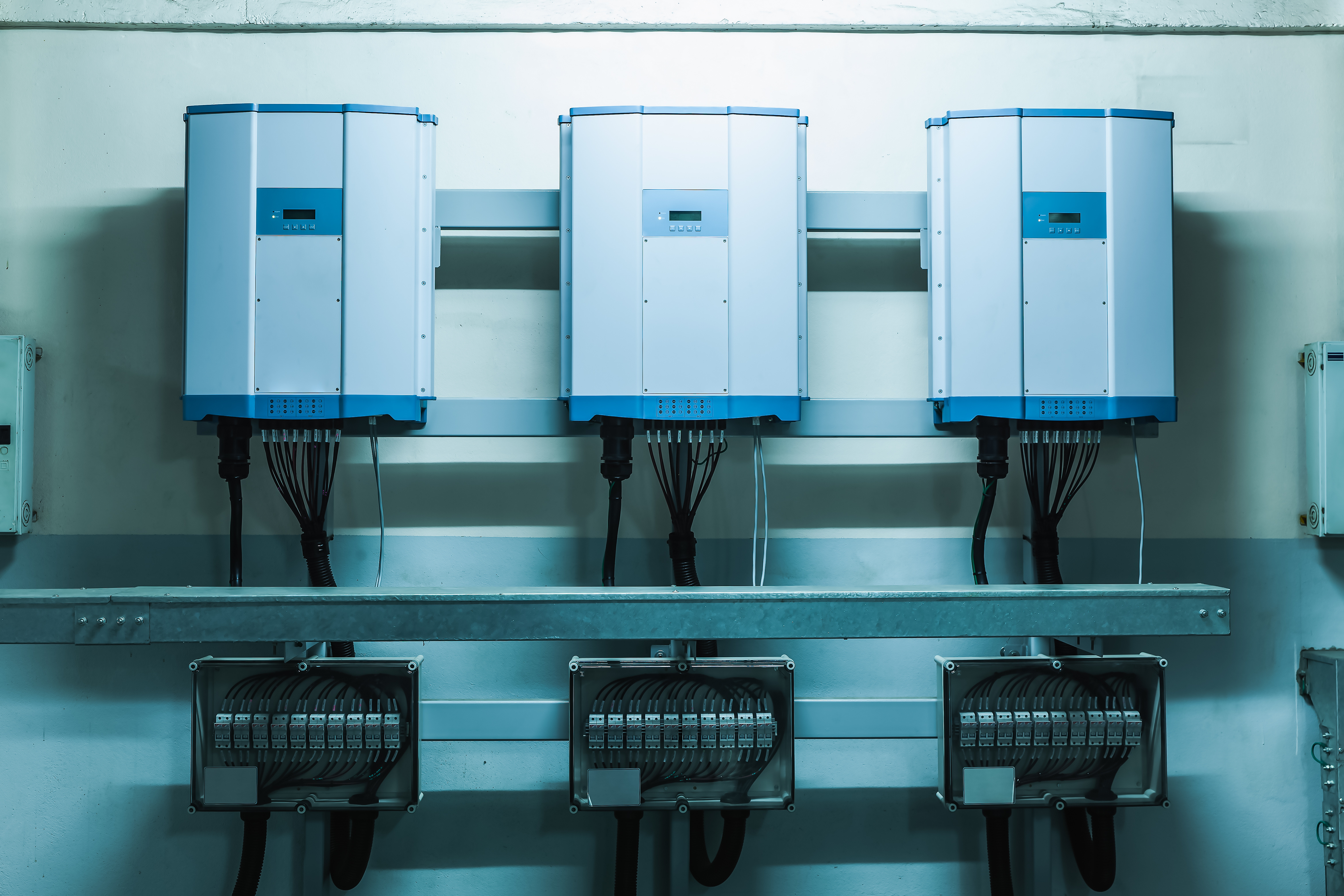
Climate First Bank, the world's first FDIC-insured, values-based, digital-forward community bank founded to combat the climate crisis, announced it had financed two, utility-scale battery energy storage systems - delivering a total of 20MWs of power and 80MWhs of storage - along Virginia's eastern shore.
Developed by Patterson Enterprises in partnership with battery manufacturer, Great Power; the investment will provide a major boost to the region's grid resilience and community sustainability in the towns of Exmore and Tasley.
The projects support Virginia's Clean Economy Act goal of 100 percent clean energy by 2050 and monetizes through energy arbitrage, storing electricity when supply is abundant and releasing it during peak demand.
Chris Cucci, EVP, Chief Strategy Officer at Climate First Bank, said "These projects mark a significant milestone in sustainable infrastructure in the region - stabilizing energy costs, supporting local investment, and advancing clean energy goals. We remain committed to financing climate-resilient infrastructure that benefits communities economically and environmentally and are proud to support reliable energy for the Eastern Shore."
Harold Patterson, CEO of Patterson Enterprises, said "In all our years of doing business, we have never been involved in projects more important-or more exciting-than those in battery energy storage. The U.S. electric grid needs energy storage now more than ever, and that need will only intensify as industries evolve and power consumption rises to meet growing demand. We are deeply passionate about the work we're doing and are proud to partner with a forward-thinking institution like Climate First Bank, which shares our commitment to a sustainable energy future."
"We're proud of this deployment as we continue working toward a more resilient and affordable energy future," said Evan Bierman, President of Great Power.
NEW BATTERY ENERGY STORAGE SYSTEMS IN VIRGINIA
Grid Reliability: Helps prevent blackouts and brownouts during peak usage
Cost Stabilization: Reduces electricity rate volatility for residents and businesses
Local Revenue:
Voluntary donations to localities and local charitable organizations totaling $200,000.
Annual revenue share of $1,400 for governing authority per MW at each participating site.
Increased real estate and business tax revenues
Local Investment: The projects are built near A&N Electric Cooperative substations in Exmore and Tasley.
Battery Technology: The projects include lithium iron phosphate (LiFePO4) batteries, known for their safety and environmental performance, and include modular steel containers for fire safety and system isolation.
Climate First Bank | www.climatefirstbank.com
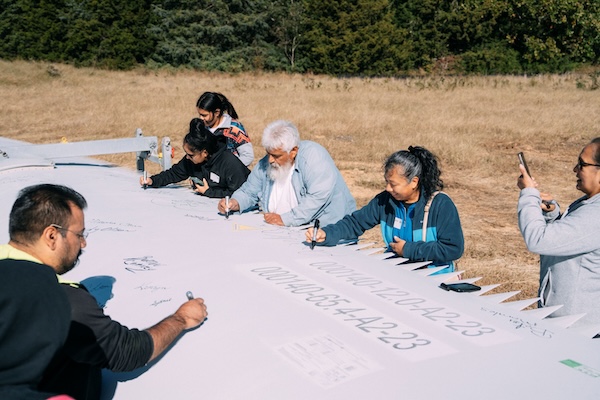
Scout Clean Energy (“Scout”), a leading North American renewable energy developer-owner-operator, held a blade signing event at the Nimbus Wind Farm (“Nimbus”) in Green Forest, Arkansas, joining project stakeholders to celebrate the project’s successful progress as construction continues. Joining Scout staff at the event were construction and financing partners, community members and officials, as well as many of the 50+ landowners participating in the project.
Scout began development of the 180 MW Nimbus project, located in Northwest Arkansas’ Carroll County, in 2016. Construction is expected to finish early next year, after which the project will begin commercial operations and start generating enough electricity to power more than 40,000 homes annually.
“Nimbus is nearing completion after a decade of hard work by our team and the support of our incredible landowners, stakeholders, site workers, and the community that is making the project a reality,” said Michael Rucker, Founder and CEO of Scout Clean Energy. “The blade signing honors that work and allows us to pause to memorialize their contributions by signing a turbine blade that will fly above the project.”
Joining construction officials from Scout were representatives from MasTec, the general contractor for Nimbus. Construction commenced for the project in late 2024.
“From unpredictable weather to rugged terrain, the path to completion has demanded innovation, perseverance, and teamwork,” said Brendon Lamppa, VP of Wind Construction at MasTec Renewables. “Seeing the hard work of so many skilled individuals and community partners come to fruition through those challenges is the ultimate reward. The Nimbus Wind Farm will stand as a lasting source of renewable energy and economic value for Carroll County and the surrounding region for years to come.”
Electricity generated by the project will enter the Midcontinent Independent System Operator’s (MISO’s) grid at the Dry Creek Substation in Green Forest.
Scout Clean Energy is a portfolio company managed by Brookfield Asset Management, a global leader of renewable power and decarbonization solutions.
Scout Clean Energy | www.scoutcleanenergy.com
Brookfield | https://www.brookfield.com/
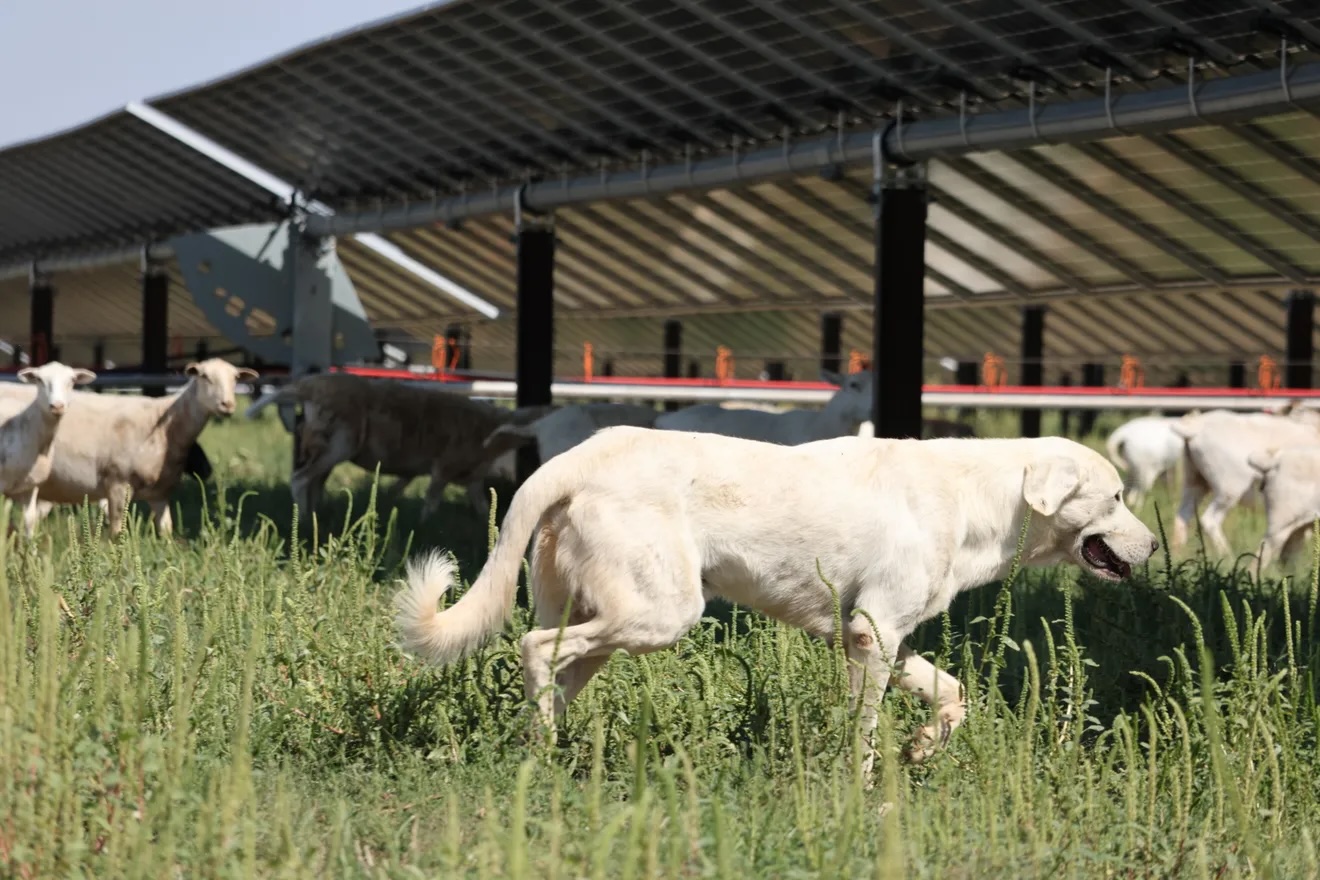
Hornet Solar, one of the largest solar projects in the U.S., has introduced more than 2,000 sheep to its 3,900-acre site in Swisher County, marking one of the nation’s most prominent examples of agrivoltaics, where energy production and agriculture operate side by side.
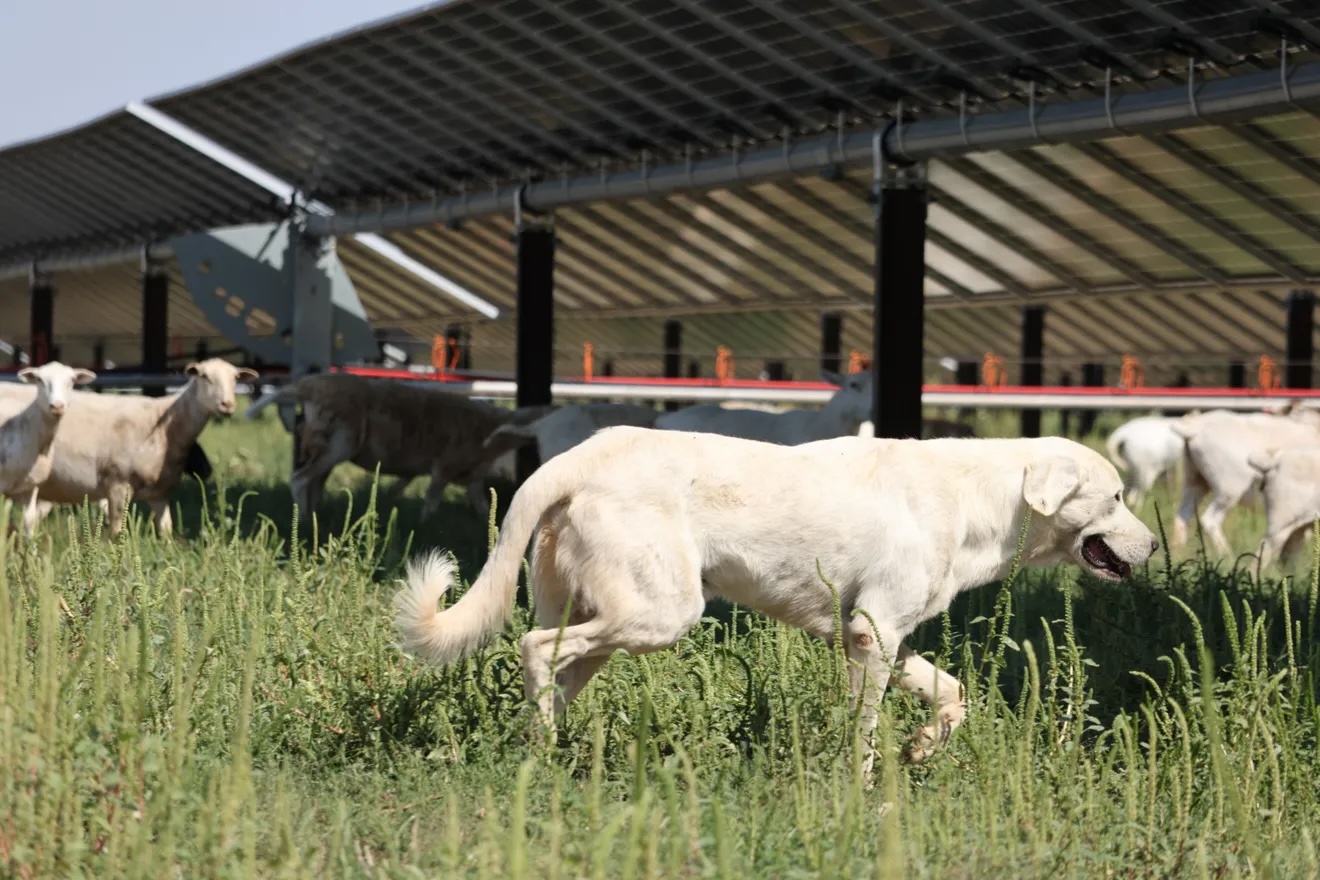
“It’s exciting to see Hornet Solar take this next step,” said Landar Karath, Director of Community Affairs at Vesper Energy. “By integrating sheep grazing into site management, we’re putting the land to good use in multiple ways and demonstrating long-term value for the local area.”
Since the 600 MW project began operations in April, 2,275 ewes and 244 lambs now roam the site daily, helping to manage vegetation across the property. This fall marks lambing season, with rams recently introduced to the site to continue herd growth. The flock is protected by 11 guardian dogs, including Great Pyrenees, Anatolian Shepherds, and Akbash breeds, each trained to safeguard the herd.
Developed, owned, and operated by Vesper Energy, Hornet Solar uses bifacial photovoltaic modules on a single-axis tracking system and is interconnected to Oncor Electric’s 345kV transmission system within the Electric Reliability Council of Texas (ERCOT).
The project reflects a strong collaboration between the developers, local officials, landowners, and residents to contribute long-term benefits to the community. Over its lifetime, Hornet Solar will contribute over $100 million in new tax revenue to Swisher County, supporting the local school district, hospital, and public facilities.
Vesper Energy at www.vesperenergy.com/about
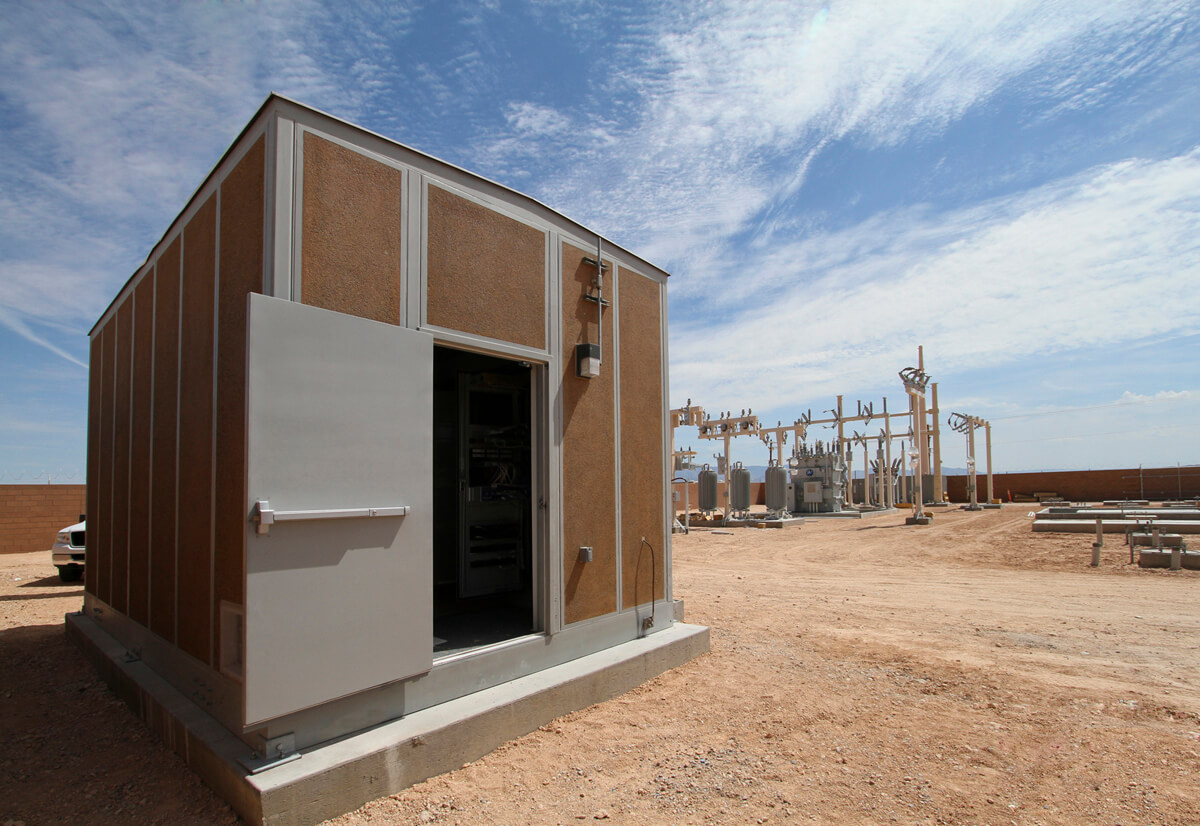
Kempower, a leading manufacturer in DC fast-charging solutions, welcomed customers and partners to the Kempower North American headquarters in Durham, North Carolina for its inaugural Customer Synergy Days event.
The three-day event focused on collaboration and relationship-building by offering customer panels, technical showcases, and opportunities to explore the Triangle region. Event discussions centered around the future of North America’s transition to electrification and how Kempower’s state-of-the-art solutions play a key role.
“Kempower’s Customer Synergy Days serves as a forum for industry stewards to collaborate and accelerate the electrification journey, while steering the world toward a greener, more sustainable future," said Kempower North America President Monil Malhotra. “This event has resulted in insightful conversations around the future of North America’s electric vehicle (EV) infrastructure and demonstrates our commitment to collaborating with customers to ensure EV drivers have access to reliable, cutting-edge, fast-charging solutions.”
Kempower’s Customer Synergy Days reinforces the company’s commitment to customers and partners by providing meaningful avenues for relationship development and accessible solutions at every turn, contributing to the industry’s progression.
“Events like Kempower’s Customer Synergy Days are important as the industry is constantly evolving,” said EV Realty Director of Product Will Quinn. “I was excited to explore the factory, meet other customers, and hear directly from Kempower’s engineers and experts about their solutions and how we can better serve our customers.”
“Being surrounded by like-minded people to discuss like-minded subjects during Kempower’s Customer Synergy Days will ensure confidence that the EV market is going to come out bigger, better, and stronger,” said Sprocket Power Vice President of Business Development Eastern Region Benjamin Kriegler.
“PowerUp was searching for solutions to provide the charging session of tomorrow. By partnering with Kempower and their reliable, consistent charging solutions, we will push the EV industry into the next era of adoption,” said PowerUp America CEO Josh Turner.
“We are thrilled to be here for Kempower’s Customer Synergy Days. These few days have beautifully exceeded our expectations in terms of what we were going to learn, who we were going to meet, and the type of relationships we could build,” said GET Charged Fast EV Charging Co-Managing Partner Marc Horowitz.
Kempower Customer Synergy Days, now an annual event, engages partners and customers in industry trends and the pathways to power a more sustainable future.
Kempower | kempower.com

Recently, China’s Burning plasma Experimental superconducting Tokamak (BEST Project) has entered a new stage of main structure construction, drawing widespread attention across the scientific community. Behind the project’s steady progress, Sineng Electric, as one of the innovative technology providers, is playing a vital role by delivering comprehensive power quality solutions, ensuring the project’s power stability and operational safety throughout future research phases.
Occupying approximately 16 hectares with a total construction area of 153,700 square meters, the BEST Project aims to develop a controllable fusion device—often referred to as a “man-made sun”—that can continuously generate fusion energy similar to the natural sun. Fusion energy is characterized by high efficiency, sustainability, and clean safety, and is expected to become a promising solution to the world’s growing energy challenges.
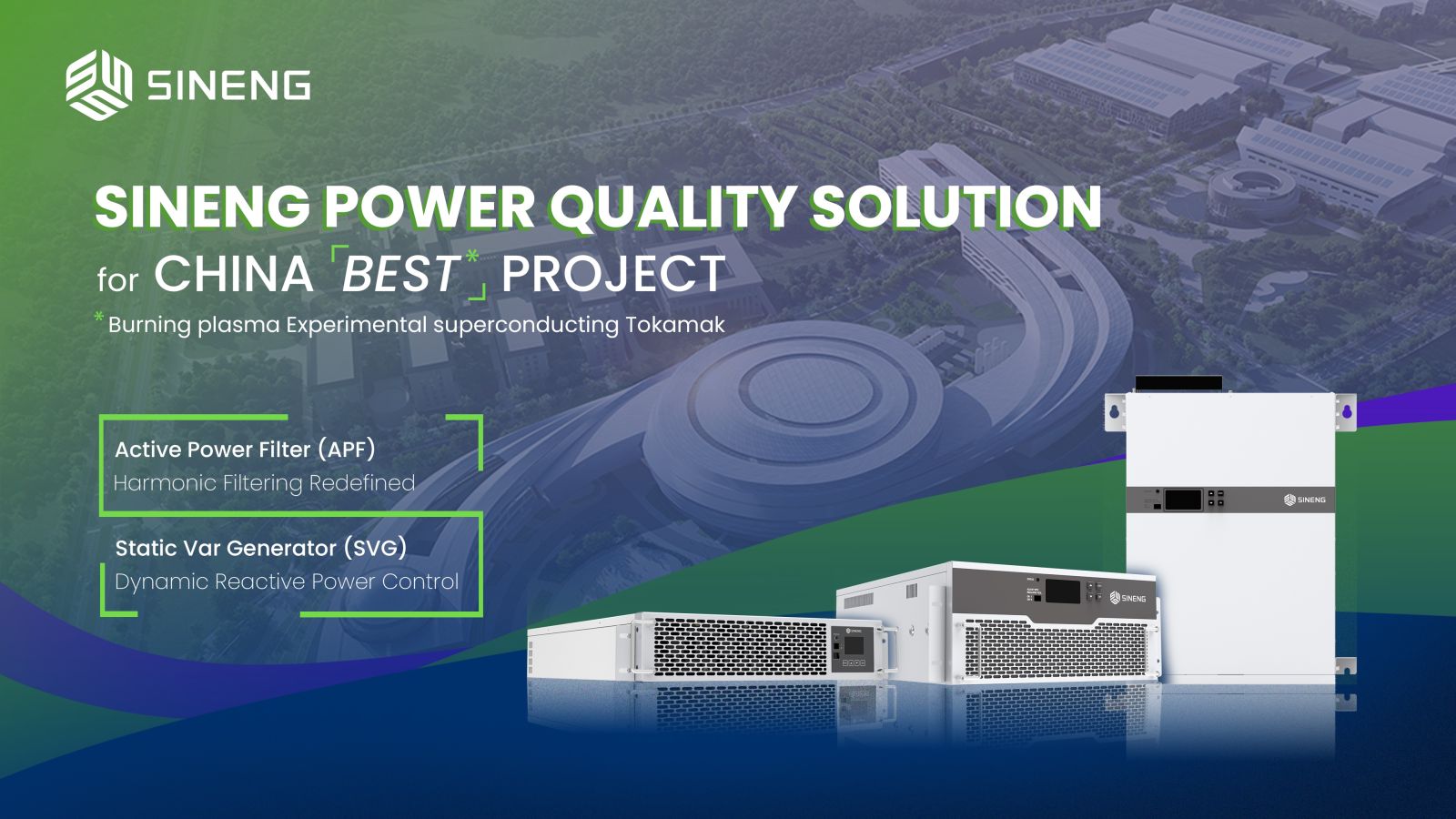
As one of the world’s most cutting-edge scientific undertakings, the BEST Project imposes extremely stringent requirements on power supply reliability. Power quality issues could trigger cascading risks, including system shutdowns, data loss, hardware damage, and even experiment failure. Facing such demanding conditions, Sineng Electric’s comprehensive power quality portfolio provides a comprehensive and reliable safeguard against these potential risks.
Sineng’s Active Power Filter (APF) solution continuously monitors grid harmonics and generates compensating currents through converters to dynamically filter harmonic distortion. Meanwhile, the Static Var Generator (SVG) solution represents the forefront of reactive power compensation technology, enabling real-time dynamic adjustment of inductive and capacitive reactive power without overcompensation or under compensation, thereby stabilizing system voltage effectively.
From solar and energy storage to hydrogen and now fusion energy, Sineng Electric has remained a proactive force in driving the global energy transition. Looking ahead, the company will continue to advance power electronics technologies and deliver intelligent, high-efficiency solutions that empower the clean energy revolution—working hand in hand with industry partners to accelerate the journey toward a zero-carbon future.
Sineng Electric | https://en.si-neng.com/
Solar Oct 10, 2025
Solar is safe when it’s maintained — and risky when basics slip. Across sites, the pattern behind many PV fires is consistent: soiling and shading create hot spots; loose or corroded DC joints run hot; wildlife and litter add fuel; and moisture i....
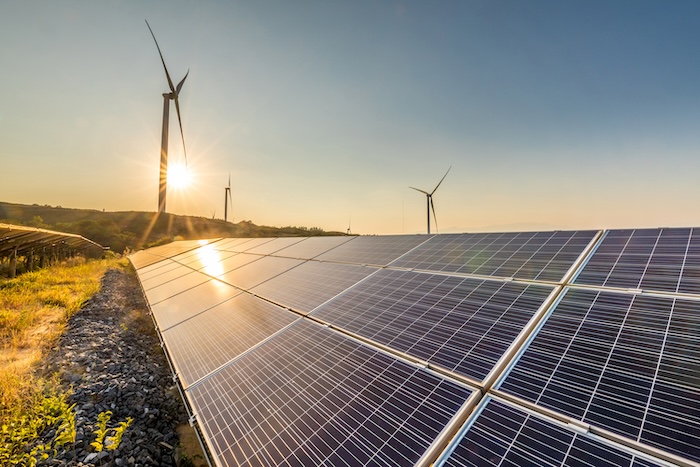
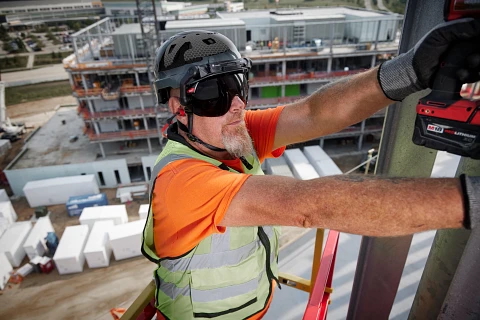
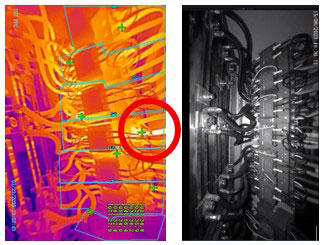
Solar is safe when it’s maintained — and risky when basics slip. Across sites, the pattern behind many PV fires is consistent: soiling and shading create hot spots; loose or corroded DC joints run hot; wildlife and litter add fuel; and moisture i....
As utility-scale hybrid solar and battery energy storage projects become standard across North America, operators are facing increasing complexity. These systems are no longer passive generators, but dynamic assets that must respond in real time to g....
It didn’t start with a robot. It started with a problem. Clean energy is one of the hottest commodities today, and the world is rushing to meet this increasing demand. However, the typical financial barrier isn’t a problem for the industry; it....
Wind power has been a highly successful ....
As wind turbines keep growing taller and....
As energy needs grow more complex and grid instability becomes a regular concern, mobile microgrids are gaining attention as a flexible, lower-emission energy solution. Their emergence is timely. From wildfire-related outages in the West to hurricane....
A next generation of Virtual Power Plants has emerged in 2025, embodying trends which will require more efficient integration with utility grids. These trends span a wide range: VPPs that integrate EV charging and other new resources; building manage....
The confluence of several energy challenges has presented itself within the North American market. Rising electricity demands, grid reliability concerns, affordability and bottlenecks have reached an inflection point. Microgrids are emerging as a sol....
After months of debate in Congress, the One Big Beautiful Bill Act (OBBBA) was finally signed into law. With the goal of restructuring and simplifying federal incentive programs while reducing long-term costs, the OBBBA comes with several updates and....
Helium, once known primarily for its niche industrial uses, has emerged as a strategic political asset amid rising geopolitical tensions and trade uncertainties. Its critical role in next-generation technologies such as semiconductors, space explorat....
The need for reliable, high-quality electricity has never been greater now the grid is highly dependent on getting its supply from multiple sources. Power grid quality monitoring increasingly plays a significant role in ensuring that electricity arri....